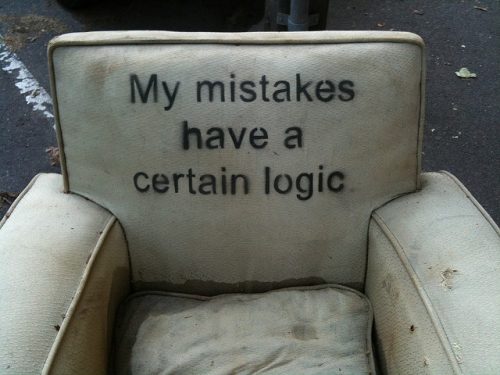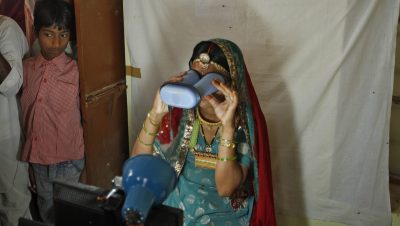“Is it in error to act unpredictably and behave in ways that run counter to how you were programmed to behave?” –Janet, The Good Place, S01E11
“You keep on asking me the same questions (why?)
And second-guessing all my intentions
Should know by the way I use my compression
That you’ve got the answers to my confessions”
“Make Me Feel” –Janelle Monáe, Dirty Computer
Alexa made headlines recently for bursting out laughing to herself in users’ homes. “In rare circumstances, Alexa can mistakenly hear the phrase ‘Alexa, laugh,’” an Amazon representative clarified following the widespread laughing spell. To avert further unexpected lols, the representative assured, “We are changing that phrase to be “Alexa, can you laugh?” which is less likely to have false positives […] We are also changing Alexa’s response from simply laughter to ‘Sure, I can laugh’ followed by laughter.”
This laughing epidemic is funny for many reasons, not least for recalling Amazon’s own Super Bowl ads of Alexa losing her voice. But it’s funny maybe most of all because of the schadenfreude of seeing this subtly misogynist voice command backfire. “Alexa, laugh” might as well be “Alexa, smile.” Only the joke is on the engineers this time – Alexa has the last laugh. Hahaha!










